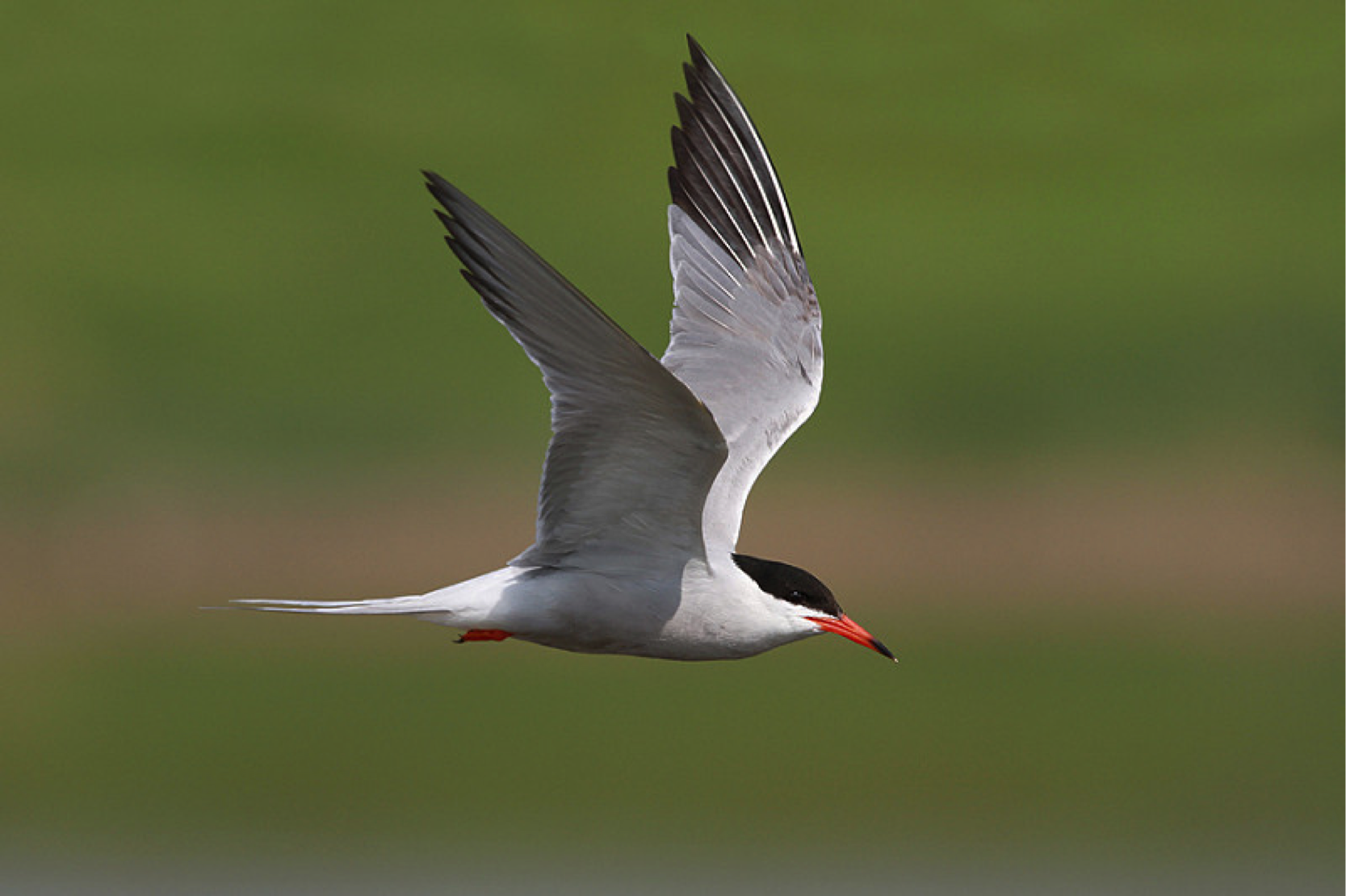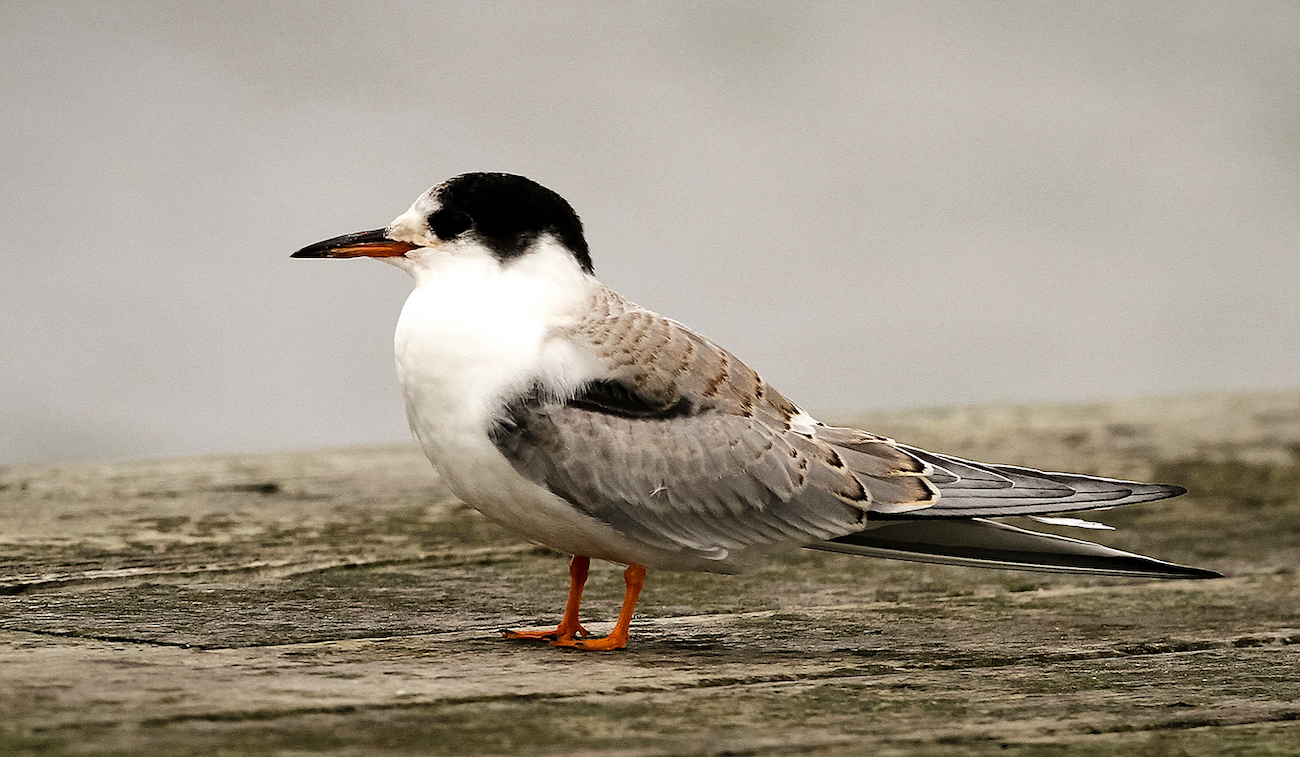Common Tern Sterna hirundo


Based on the 1973 Operation Seafarer Survey which established a population of 120 breeding pairs in the county the Atlas concluded that the breeding population remained around the same but that breeding colonies had shifted from the coast to suitable sites inland. In recent years they have usually nested on islands in disused gravel pits or islands in man-made lagoons. The high level of disturbance on the coast means there are little or no natural nesting sites.
The first birds appear in the spring in early April and late birds in the autumn are seen in October in most year. There is no current accurate assessment of the population, but it is not lower than 120 pairs and may well be higher. Coastal passage can be spectacular with evening roosts at North Cotes Point during August of anywhere between 5,000 and 10,000 birds in recent years. Most birds pass through by the end of September, but records occur through to November. Chicks ringed in the county have been recovered on passage in France and Belgium and in winter quarters in wets Africa. Foreign-ringed birds recovered in the county have originated in Sweden, the Baltic and Germany.
(Account as per new Birds of Lincolnshire (2021), included September 2022)
